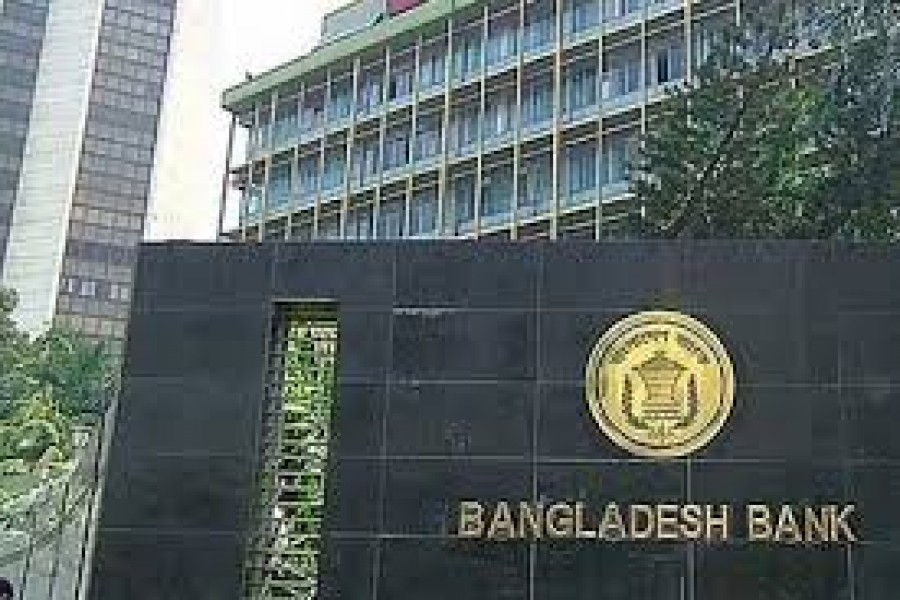A major change is underway in Bangladesh's banking sector. Such was the view expressed by experts at a recent webinar. According to them, a chain of events will compel banks to become lean and efficient. The drivers are: technology, consumer preference, and competition from alternative delivery channels, also known as shadow banks.
Although the main topic of discussion at the webinar was digital credit, the forum was participated by those entrepreneurs, mainly young ones, who are leveraging digital tools. These pioneers show exciting ways of conducting business.
Although the promise of digitisation beckons, a lot has to happen before Bangladesh can give birth to the likes of Alibaba or Monzo, an online bank. Firstly, a robust physical infrastructure covering the entire country is lacking. Secondly, habits and attitudes of many businesspeople and executives are anchored in the past acting as a hindrance to the adoption of internet as an enabler of businesses. More education and exposure are required. In this connection, a baseline study was carried out recently by the United Nations Capital Development Fund (UNCDF) to gauge how widespread is the use of mobile financial technology among micro merchants in the country.
Bangladesh missed an early opportunity when it spurned an offer of free subsea connectivity to the internet in the early 1990s. On the flipside, however, the Covid-19 pandemic is hastening our move toward a shared digital future. Government functionaries, in the Bangladesh Bank, for example, have lent enthusiastic support to this trend. People have woken up to the fact that many white-collar tasks can be done from home. The digital future encompasses retail (personal cum micro-business) loans.
Bank's credit process includes several sequential steps including verification, assessment, sanction, documentation, and disbursement, collectively known as underwriting. The underwriting process can be termed digital only when all the constituent steps are carried out digitally, resulting in efficiency and economy.
Steps and processes for underwriting, now being followed by the financial institutions, have remained virtually unchanged for 30 years or more. For example, physical verification of the personal borrower is carried out, sometimes more than once, even for small amounts. These activities eat up a lot of time. But small merchants on digital platforms are busy ferrying merchandise from point A to point B without regard for optics.
Physical checking of creditworthiness is lengthy and/or frustrating. A technology-based solution is credit scoring made available in rich countries by respected credit bureaus for quite some time. Their output routinely helps lenders. In Bangladesh, a big question mark hangs over the availability of authentic and timely data. When the borrower appends his/her signature physically to the application form and loan documentation, the last step of the underwriting process is completed. Time has come to make digital signatures valid.
To counteract this glacial pace, startups such as Pathao, ShopUp and Sheba have decided to speed up assessment, a vital part of underwriting. Thousands of small vendors sell products or services through various e-commerce platforms. Their digital footprint enables lenders make reasonably accurate forecasts regarding turnover, growth and profitability.
Outside Bangladesh, giant lenders like Ant Financial have started to mine data coursing through their wires. Additionally, mobile and social media usage data are being used for coming up with alternative credit scoring models. At a crisis period like this, small merchants would have been benefitted enormously had such data been captured in Bangladesh.
Outside the realm of banking, applications for licences and permits, membership of trade bodies and dealings with the Registrar of Joint Stock Companies (RJSC) remain largely manual. This is true for our judicial system, too.
So, backward parts of the overall system act as a drag on overall efficiency. The topic of e-kyc (electronic-know your customer) is relevant here. Microfinance institutions (MFI), but not banks, have got permission for e-kyc. Interestingly, thousands in the rural areas have relationships with MFIs. If this data could be shared with banks, many people will have instant credibility with banks, whose presence is weak outside urban areas.
Digitisation is a step towards inclusivity, a worthy goal. Just consider the example of village folks who stand to gain in terms of the distribution of remittances and government cash transfers.
Raihan Amin is a retired banker. [email protected]


